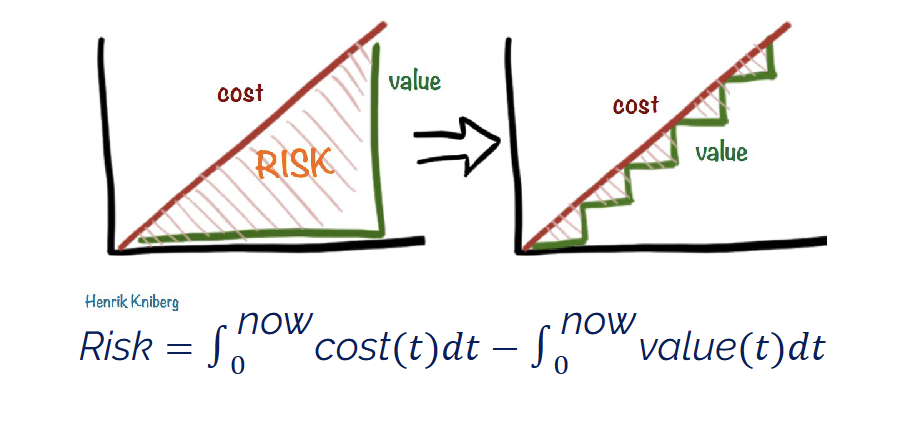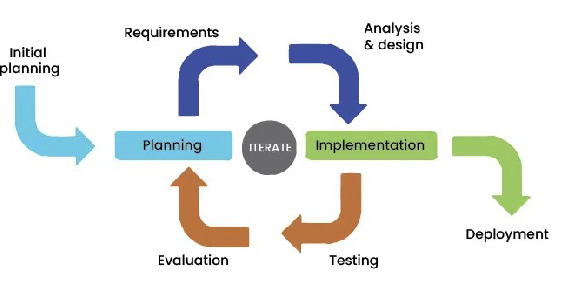Lecture 03 Iterative Design
1/18
There's no tags or description
Looks like no tags are added yet.
Name | Mastery | Learn | Test | Matching | Spaced |
|---|
No study sessions yet.
19 Terms
Obj As a SWE when delivering product
Deliver Value
prod dev is twofold challenge
develop the right product and the product right
Focus on
What the product is doing
Features offered to end-users
are these the right ones
How is the product being developed
is it safe enough to be used
will it support evolution/maintenance
What happens when you fail to address both aspect
Focusing on business value only
subpar performance
maintainability issues
no evolution
Focusing on technical value
great code, poor product
product does not meet expectations/requirements
Focusing on both business and technical value
can be had to keep up with tech value, when facing short deadlines
How Is Value Characterized
Just explain this graphic
Things that are visible, that are negative and positive
things that are invisible that are negative and positive
what are they

Different approach’s to delivering value
Continuous Delivery approach
As time passes constantly delivering something of value
Release Approach
Spending a bit more time on each increment, but still delivering value
YOLO
not releasing anything until the very end, LOL
Risk management in relation to deliverable
the risk is the area between the cost and value line, when graphed against time
The more value delivered early one, the less the risk

What is Technical Debt, what increases technical debt
implied cost of future reworking, caused by suboptimal design
Increasers are
subpar design decisions, code smells
simplifications, doing things that are quick-n-dirty
Untested code
Prioritizing expedience over long-term design
Repercussions of technical debt
Analogous with monetary debt
if not “repaid” can accumulate interest
charges are harder to implement
when unaddressed
increases software entropy (degree of disorder)
increases cost of further rework
defect fixes and new feautres
Unit of technical debt
measured by time
days are normal
years are not
can depend on factors (LOC, % of legacy code, business case)
Some instances where it is inevitable to accumulate technical debt
Proof of concepts
MVP
beating competition to marketmove project forward, in general
Criticism of Technical debt metaphor
the debt metaphor downplays ramifications of poor code
results in insufficient prioritization of needed corrective work
Boy Scout Rule
Leave the campground cleaner than it was when you arrived
(Refactoring)
Broken Window Principle
If you don’t care for your code no one will
keep it readable, easy to maintain
identify what debt is and have a plan to fix it
Explain the Iterative and Incremental Graphic

Why Iterations good
allow for gradually gaining more understanding of the context and requirement
minimal increments help mitigate risks
Technical debt can be addressed early on
MVP, what is it
An MVP is
[Minimal] The bare minimum to
[Viable] validate the viability of the
[Product] engineering artifact in support of the business proposition
Contents of an MVP
essential features for the user
Goal of the MVP
demonstrate MVP to end-user and stakeholder
get feedback
rinse and repeat
What are the key enablers of iterative and incremental design
Maintainability
the ability to add new features and refactor code while keeping the functionality intact
knowing how to asses/measure maintainability is key
Proper Test Coverage
Gives you confidence that you won’t break things
knowing testing techniques adn tools is key (3S03)
Mastering Version Control
Manually maintain version is stupid
Knowing git is key